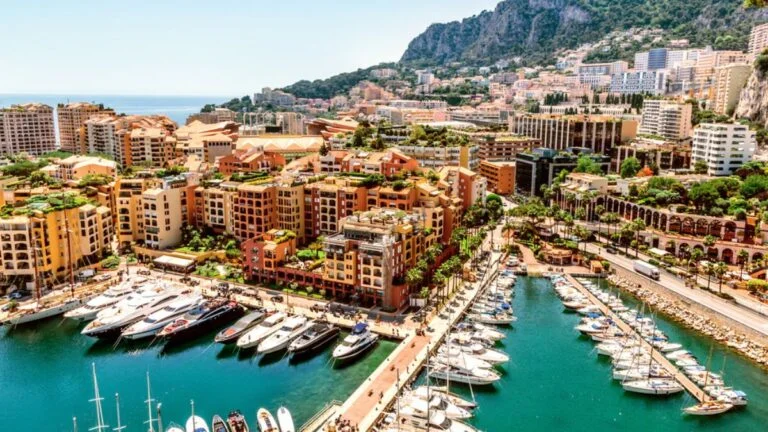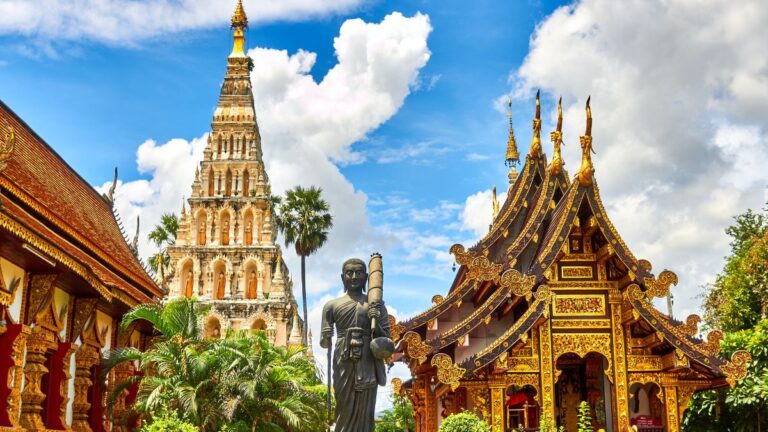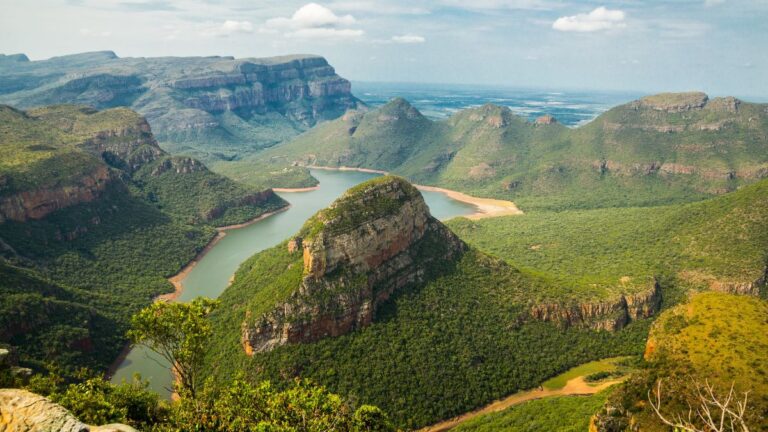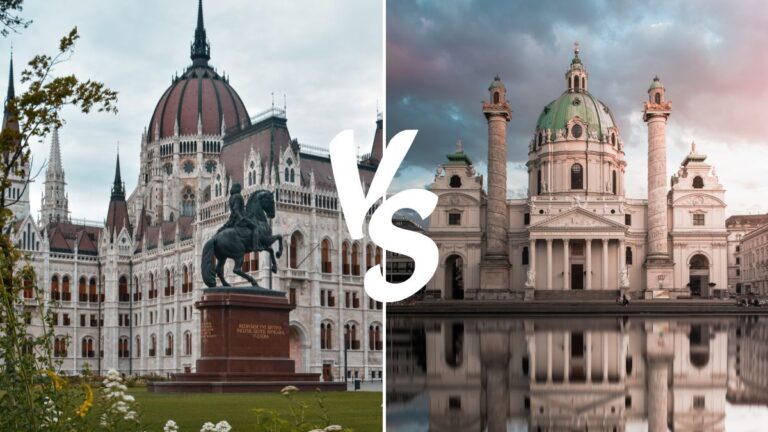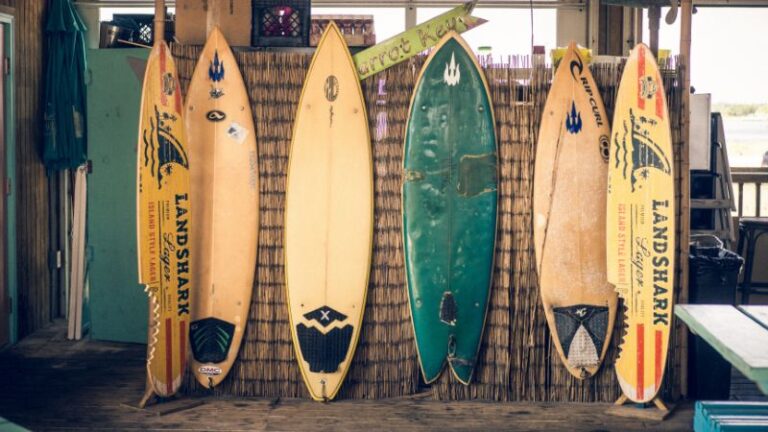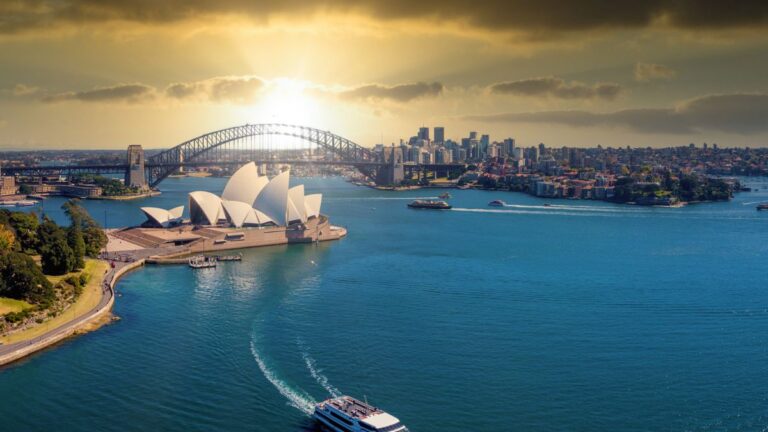Worst Time to Visit Croatia: Navigating the Tourism Dilemma
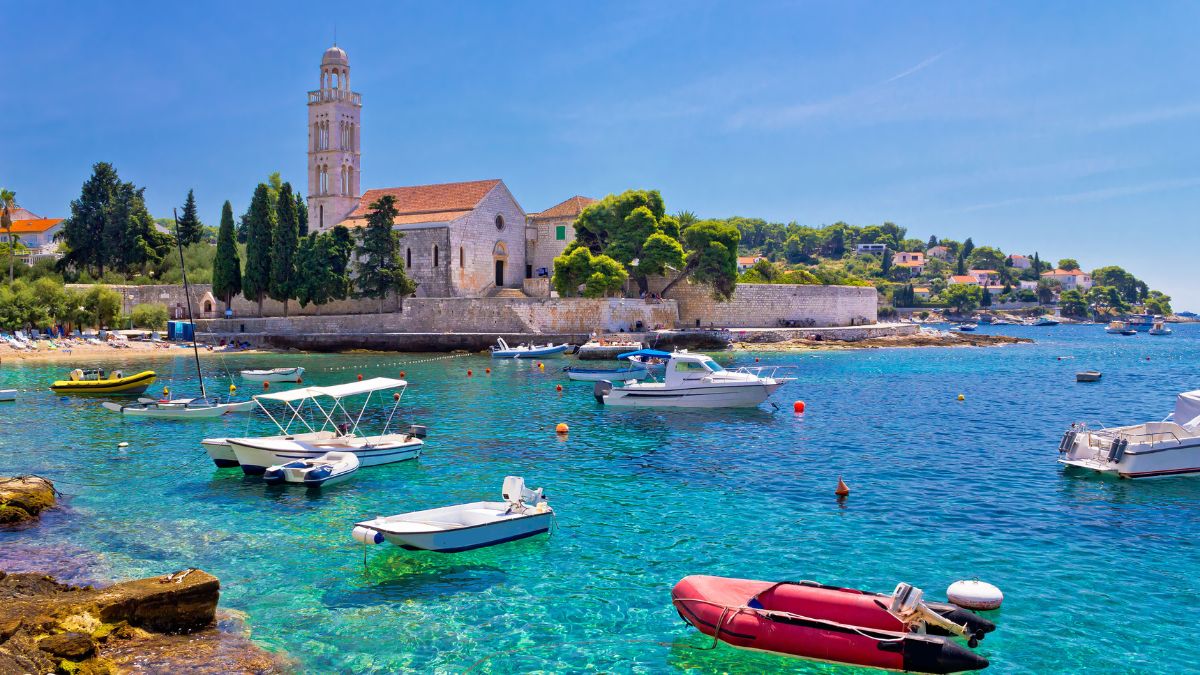
As participants in Amazon Associates and other programs, we earn from qualifying purchases. This comes at no additional cost to you. For more details, see our Affiliate Disclosure.
Croatia, with its pristine beaches, historical landmarks, and breathtaking islands, is a gem in the heart of Europe. However, like every popular tourist destination, there are peak seasons that might not offer the ideal vacation experience. This article dives into the times when visiting Croatia might be less than optimal and how to navigate the challenges of its bustling tourism.
HIGHLIGHTS
- Croatia’s peak tourist season, especially during July and August, witnesses overcrowded attractions, surged prices, and strains on local life.
- The off-peak months, spanning late autumn to early spring, offer a quieter experience but come with weather variability and reduced operational hours for certain attractions.
- Over-tourism in Croatia has led to increased living costs for locals, environmental degradation, and a potential loss of local identity.
- Travelers can still enjoy Croatia amidst the rush by planning ahead, venturing off the beaten path, and practicing sustainable tourism.
The Allure of Croatia: What Draws the Crowds?
Nestled along the Adriatic Sea, Croatia has fast become a top-tier travel destination, thanks to its unique blend of natural beauty, history, and culture.
From the iconic terracotta rooftops of Dubrovnik, popularly known as the “Pearl of the Adriatic”, to the pristine beaches of Hvar and Brac, there’s no shortage of postcard-perfect views.
Additionally, the country’s rich tapestry of Roman, Venetian, and Slavic history is manifested in its impressive architecture, age-old fortresses, and charming towns.
Croatia’s islands, numbering over a thousand, provide a stunning backdrop for sailing and water adventures, making it a paradise for maritime enthusiasts.
And let’s not forget the delectable Croatian cuisine, which marries Mediterranean flavors with its own local twist. Seafood lovers, truffle enthusiasts, and wine aficionados particularly find Croatia a gourmet heaven.
All these elements combined make it clear why the nation sees an influx of tourists each year, eager to experience its multifaceted charm.
The Peak Season: When Croatia Overflows
The allure of Croatia is no secret, and during the peak summer months, especially July and August, this becomes evident.
As vacationers from around the world descend upon its shores, popular destinations like Dubrovnik, Split, and the islands of Hvar, Korčula, and Brač witness a significant surge in foot traffic.
The narrow, cobbled streets of historic towns, once tranquil, buzz with a cacophony of languages and the rhythmic footsteps of explorers. Beaches, previously spacious and serene, become a mosaic of colorful towels, umbrellas, and sunbathers.
Prices for accommodations, tours, and even local cuisines shoot up, reflecting the high demand. While the electric atmosphere can be exhilarating for some, it can also mean longer queues at attractions, limited availability for accommodations, and often a less authentic experience of Croatian culture.
The peak season undeniably offers the best weather and a vibrant social scene, but it also comes with the challenges of navigating an overflowing tourist hotspot.
Common Challenges Faced by Tourists in High Season
The magnetic charm of Croatia during its high season is undeniable, but the massive influx of tourists can present several challenges:
- Overcrowded Landmarks and Attractions: Iconic sites like Dubrovnik’s city walls or the Diocletian’s Palace in Split can become packed. This often results in longer wait times, limited photo opportunities, and sometimes even restrictions on the number of visitors.
- Accommodation Woes: The surge in demand can lead to skyrocketing hotel and rental prices. Additionally, finding last-minute accommodations can be a Herculean task, especially in more popular towns and islands.
- Traffic and Transportation: Whether it’s navigating the narrow streets of old towns or finding a ferry to hop between islands, tourists might face delays. Buses and ferries often run full, and parking spaces become scarce.
- Increased Prices: Beyond accommodations, tourists might notice a rise in prices for dining, excursions, and local goods, as businesses capitalize on the tourist boom.
- Environmental Impact: The heavy foot traffic can lead to littering, strain on local resources, and environmental degradation in some of the more delicate ecosystems, like national parks.
- Loss of Authenticity: With the surge of tourists, some local establishments might prioritize catering to international tastes over preserving authentic Croatian experiences. This can be seen in restaurants, shops, and even entertainment.
- Heat and Weather: High season aligns with the hottest months, and while the coastal breeze can be refreshing, inland excursions might be more taxing due to the heat.
- Language Barriers and Cultural Misunderstandings: While many Croatians speak English, especially in the tourism sector, the influx of global visitors can sometimes lead to misunderstandings or misinterpretations, both linguistically and culturally.
Forewarned is forearmed. Recognizing these challenges allows travelers to plan and adapt, ensuring their Croatian experience is both enjoyable and respectful of the country’s unique character.
Off-Peak Months: A Double-Edged Sword
Choosing to visit Croatia during its off-peak months, which typically span from late autumn to early spring, comes with a set of advantages and disadvantages. It’s a balance of quieter streets and potential weather unpredictability, each factor influencing a traveler’s experience in its own way.
Advantages
Quieter Experiences: Landmarks and attractions are less crowded, allowing for a more immersive and personal experience.
Reduced Costs: With a decreased tourist demand, prices for accommodations, meals, and activities often drop, making it a more economical choice.
Authentic Interactions: A more relaxed atmosphere and fewer tourists pave the way for genuine interactions with locals and a deeper dive into Croatian culture.
Nature’s Serenity: Nature parks, forests, and coastal areas regain their pristine quality, offering tranquil settings for nature lovers and photographers.
Festivals and Local Events: The off-peak season often aligns with some of Croatia’s traditional festivals and events, providing a unique cultural insight.
Disadvantages
Weather Variability: Winter months can be chilly, and while the coast remains milder, inland areas can experience snow and colder temperatures. This might not be ideal for those aiming for a sun-soaked beach experience.
Limited Operational Hours: Some attractions, especially those outdoors, might have shorter operational hours or even be closed.
Transportation Reduction: Some ferry routes and public transport schedules might be less frequent or not operational, making island-hopping or transit slightly more challenging.
Less Lively Nightlife: The vibrant summer nightlife, especially in places like Hvar or Split, may be subdued during off-peak months.
Striking the balance depends largely on a traveler’s preference. While the off-peak months lack the sun-soaked vibrancy of the summer, they offer an undisturbed and authentic Croatian experience, with its own set of enchanting moments.
The Impact of Over-Tourism on Local Life
As Croatia’s popularity as a tourist destination has skyrocketed, so have the concerns about over-tourism and its implications on local communities and the environment. For residents of popular Croatian towns and islands, this influx presents a myriad of challenges:
Living Costs Surge: The increasing demand for accommodations leads many property owners to convert residential spaces into vacation rentals. As a result, property prices and rents skyrocket, making it harder for locals to afford housing in their hometowns.
Strain on Infrastructure: The sudden swell of tourists during peak season places immense pressure on local infrastructure. Roads, public transport, sewage systems, and waste management services often struggle to cope with the increased demand.
Cultural Dilution: With businesses adapting to cater to the tastes and expectations of international tourists, there’s a potential loss of local identity and authenticity. Traditional eateries might be replaced with fast-food chains, and artisan shops with souvenir stalls.
Environmental Degradation: The beautiful beaches, parks, and marine areas that attract tourists are also the most vulnerable to pollution, litter, and erosion due to heavy foot traffic. Such ecological impacts can be detrimental to local flora and fauna.
Shift in Job Market: While tourism creates jobs, it can also result in an over-dependence on the industry. Other sectors might shrink in comparison, making the local economy vulnerable to tourism fluctuations.
Alteration of Local Lifestyle: The once-quiet streets, where locals could stroll, socialize, and celebrate traditional events, become crowded and noisy. This alteration can disrupt local customs, ceremonies, and daily life routines.
Access to Amenities: During the peak season, locals might find it challenging to access beaches, parks, or even restaurants that are overrun by tourists. Essential amenities like grocery stores or pharmacies can also experience stock shortages due to the heightened demand.
Sense of Displacement: As more parts of a city or island cater to tourists, locals might feel a sense of displacement or alienation in their own homes.
Balancing tourism with local needs is crucial. Efforts to promote sustainable and responsible tourism can ensure that both tourists and locals benefit, preserving the unique charm and authenticity of Croatia for generations to come.
Tips for Travelers: Enjoying Croatia Despite the Rush
Touring Croatia during its bustling high season need not be a daunting task. With a bit of planning, adaptability, and cultural sensitivity, you can relish all that this Adriatic gem has to offer, even amidst the rush. Here are some tips to make your journey enjoyable and harmonious:
- Plan Ahead: Book accommodations, transportation, and major attractions well in advance to ensure availability and often better prices.
- Travel Light: Navigating crowded streets, buses, and ferries is easier when you’re not encumbered by heavy luggage.
- Early Bird Benefits: Start your day early. Popular tourist spots are often less crowded in the morning, allowing for a more serene experience.
- Dine Smart: Opt for late lunches or early dinners to avoid the typical dining rush hours. It’s also a chance to interact with local staff when they’re less overwhelmed.
- Venture Off the Beaten Path: While major attractions are a must-visit, sometimes the true charm of Croatia lies in its lesser-known towns, beaches, and trails.
- Stay Connected with Locals: Use platforms like Couchsurfing or local meet-ups to get genuine advice on how to avoid tourist traps and experience Croatia like a local.
- Respect Local Etiquette: Whether it’s observing silence in religious places, not littering, or queuing up patiently, being culturally sensitive is always appreciated.
- Flexible Itinerary: Instead of a rigid plan, have a list of “must-do” and “nice-to-do” activities. This way, if one place is too crowded, you can switch to a less crowded alternative.
- Use Public Transport: Buses and trains are not only economical but also a great way to experience the local life. Plus, they might save you the hassle of finding parking in busy areas.
- Travel in Shoulder Seasons: If possible, consider traveling during the late spring (May) or early autumn (September). You’ll still enjoy good weather but with fewer crowds.
- Practice Sustainable Tourism: Use refillable water bottles, support local businesses, and be mindful of your environmental footprint.
Remember, the essence of travel is not just about the destinations, but also the journey and the connections you make along the way. By being proactive and respectful, you can ensure that your Croatian adventure is both delightful and memorable.

